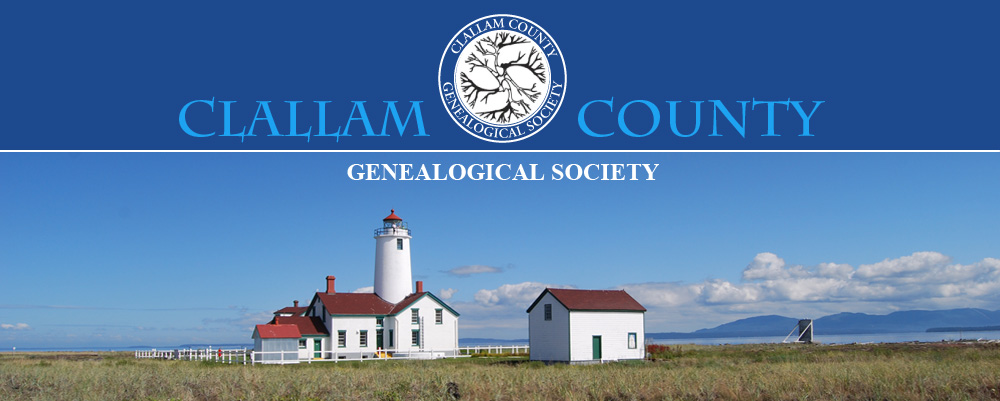History (excerpts from the Sequim Prairie Garden Club booklet)
John Bell, a Hudson's Bay Company employee in Canada, migrated to the Sequim-Dungeness Valley in 1853 and staked a homestead along Sequim Avenue. In 1888 John Bell sold four of his 160 acre homestead, by way of a warranty deed, to the Board of County Commissioners of Clallam County for the sum of $60. This tract of land was to be used as a cemetery. In 1909 the Clallam county Commissioners gave a Quit-Claim Deed of the four acres to the Sequim Cemetery Association.
Soon after, due to continual flooding problems from nearby Bell Creek, the property was abandoned as a burial ground and living relatives were contacted for burial transfers to family homesteads or other local cemeteries such as the new Sequim View Cemetery for reburial. However, many individuals remained buried in their final resting places throughout the acreage along with many unclaimed gravestones.
The abandoned property soon became overgrown with brambles and weeds, visited only by wild birds and cattle, and remained so for over 30 years.
The Sequim Prairie Garden Club was organized in 1947. The founding members met in each other's homes to talk about gardening, flower arranging, and civic projects.
For three years these women had taken on many worthwhile projects and by 1951 they were ready for a really ambitious program! They decided to give the town of Sequim a park of which to be proud. The members voted to improve the old cemetery grounds as an ongoing civic improvement project. Research was done to clear the title of the property and final attempts made to locate surviving relatives of those whose headstones remained. A 99 year lease was signed with the Sequim Cemetery Association later that same year and work begain in earnest to create a community park. Club members voted to name the new park Pioneer Memorial Park.
With the aid of numerous service groups and community volunteers, the club members spent untold hours over the next decade clearing the land and adding new plantings. The many deteriorating and broken headstones scattered throught the property were gathered into a single memorial in the southwest corner of the park on a cement base. Benches were donated by the grandchildren of Sequim pioneers John and Jean Govan. A chain-link fence was installed around the memorial area in the early 1980s to curtail vandalism. Although the stones are eroding, they remain as a memorial to the pioneers of the Sequim-Dungeness Valley.
The Sequim Cemetery Association disbanded and the property was deeded to the City of Sequim in 2001 subject to existing leases. In a 2002 amendment to the lease Sequim Prairie Garden club agreed to maintain the grounds for purposes of a park.
2010: educational signage was placed on the log cabin and in the Memorial Corner. Members of the Questors Clallam C'Lectors Chapter No. 1409 did genealogical research on 25 of the names on the gravestones in the Memorial Corner and then embroidered on period fabric, a square for each of those names, duplicating the look of the gravestones to create a quilt that was then presented to the club. This genealogical research has been gathered into books presented to the Clallam County Historical Society and the Sequim Library. Another copy remains with the club historical records.
2013 and 2014: Pioneer Memorial Park, Sequim's First Cemetery, was the location of Cemetery Tours that included presentations on the history of the park and cemetery and the genealogies of some of those whose gravestones remain in the park.
Clallam County Genealogy Society has a 1903 list of 43 burials and copies of transcriptions taken from 22 headstones in 1966, 1976 and 1986. There is also documentation of the attempts to identify and contact descendants, when the human remains were moved.

